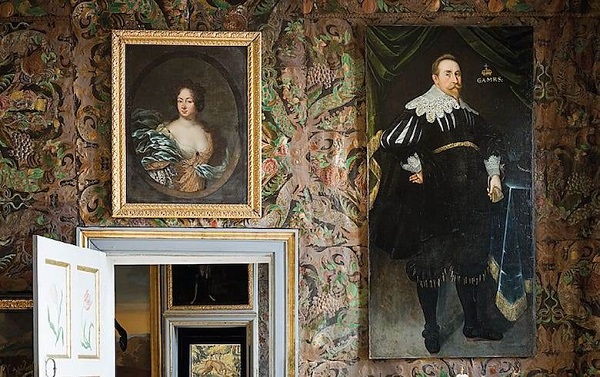7 February 2022
European industry body COTANCE and the Swedish Tannery Association have highlighted the use of leather in a Baroque castle between Stockholm and Uppsala as a good example of the material’s longevity, writes Leatherbiz.

Skokloster Castle/Erik Lernestål
In a newsletter at the start of February, COTANCE said consumers now have a responsibility to choose products that will last as long as possible, owing to shrinking resources and accumulating waste.
“Products that last longer help us to have a much lower environmental footprint because the environmental impact of their production is stretched over the duration of their use,” COTANCE added. “Longer-living products need materials that are reliable and age well.”
Its member organisation from Sweden was able to suggest wall-coverings at Skokloster Castle, built between 1654 and 1676, as a case in point. Gilt leather wall-hangings, commissioned for the state apartments in the popular tourist attraction, can still be admired after more than 350 years.
COTANCE explained that techniques for producing gilt leather wall-hangings began in North Africa and spread during the Late Medieval Period to Spain and the rest of Europe. It said the ones at Skokloster Castle represent a perfect example of leather’s longevity and sustainability.
We bring leather, material and fashion businesses together: an opportunity to meet and greet face to face. We bring them from all parts of the world so that they can find fresh partners, discover new customers or suppliers and keep ahead of industry developments.
We organise a number of trade exhibitions which focus on fashion and lifestyle: sectors that are constantly in flux, so visitors and exhibitors alike need to be constantly aware both of the changes around them and those forecast for coming seasons.